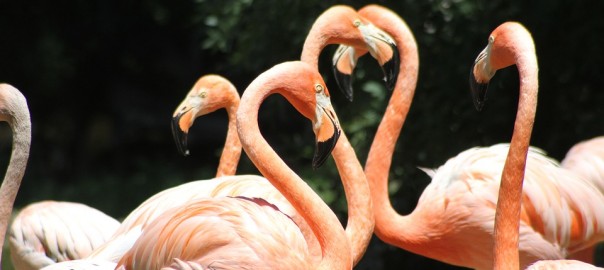F
Flamenco is a Spanish form of music and dance, usually involving wailing, stamping and castanets.
It is thought to have originated in the fishing ports of Pontevedra, where local women stamped on crabs and lobsters to extract the flesh for communal paellas. When the local Crustacea were decimated by a fungal disease, most fishermen dismantled their boats and used the wood to make shuttering for bull-fighting pens, shove-peseta boards and – as a reminder of their former occupation – castanets.
For at least 250 years, flamenco songs took the form of political protests, but these were banned by General Franco in 1936, and from then on, the anguished wail became the standardised accompaniment.
The short-lived electric flamenco – pioneered by Jiminez Hendriquez – was the last major development of the art and today, the traditional music and dance is almost exclusively performed for Saga tourists on board the Weymouth – Santander ferry.

